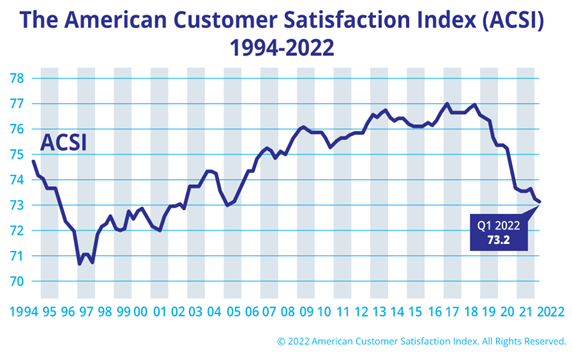
by Omar Khan May 24, 2022
A few years before getting my first job as a consultant, I spent a summer abroad in the United Arab Emirates as a soccer coach. Hoping to do a good job, ahead of our first game, I went to scout our opposition and see if I could get some useful insights into how they played and if we’d be able to exploit any of their weaknesses. I took a notepad along with me and surprisingly, by the end of the game I came away with a full two pages of notes. I went back to my team feeling pretty good about myself and our team’s chances in our first game. After a solid week of training, we’d come away recognizing our own weaknesses – which alongside the notes that I’d taken – gave us a decent gameplan heading into the first game of our season. The game panned out just a bit differently though. At half time we were down 3-1, and by the end of the game, we’d conceded 5 and gotten humiliated. Why? It’s simple. Although we’d scouted the opposition, found out our own weaknesses, and created a gameplan, we failed to execute!
It’s been a while since my time as a soccer coach in the Emirates, but a couple of months ago, I found myself thinking about that experience when writing a quarterly report for a client. After looking at the customer data that we’d captured, I found myself writing a very similar report to the one I’d written the quarter before for the same client. A bit confused, I went back and looked at few of the recent reports we’d written for this client. It turns out the numbers had moved very little over the past year! We’d tell them where they were at currently, what mistakes they were making, and how they could rectify those mistakes and improve their satisfaction scores. We could drill down into various areas to provide different perspectives, but every quarter, they were receiving reports telling the same basic story. I soon found out that this particular client had been falling into the same pit as my soccer team. They were failing to execute! And no matter how great the insights, analysis and recommendations are, the client still needs to implement said recommendations. Otherwise, they might as well be collecting data like baseball cards or stamps.
And it seems like they aren’t alone. We’re living in the era of customer data collection. Everywhere we go, we’re being asked to submit reviews, take surveys, and give our input. According to ACSI, “businesses today devote more resources than ever to obtaining data about their customers”. In fact, the LA Times reported that “Medallia, a Menlo Park, Calif., company that’s one of the biggest in the multibillion-dollar business, estimates that it processes 2.5 billion pieces of data each month in its quest, among many other improvement missions, to help hotels find out whether customers liked the rooms and whether their check-in experience was pleasant”. Corporations are swimming in data. And yet, at the same time, ACSI reported that the first quarter of 2022 saw the national customer satisfaction fall to its lowest level since 2005. As shown in the graph below, the downturn started in 2018, a full two years before the global pandemic.

If we use Occam’s Razor, I’d assume that the explanation for this disconnect is simple: companies simply aren’t using the data they’re collecting to make decisions. They’re collecting data because they might think it’s the ‘right’ thing to do and perhaps they’re looking for potential omniscience. Because as easy as it is to hoard data, having the courage to leverage that data is much more challenging. Harvard Business Review wrote an article about how less and less firms identify themselves as being data-driven in spite of heavy investment into big data and AI initiatives. They cited a study conducted by NewVantage Partners that concluded the following:
- 72% of survey participants reported that they had yet to forge a data culture.
- 69% report that they had not created a data-driven organization.
- 53% state that they are not yet treating data as a business asset.
In the same study, 92% of survey respondents reported that they had accelerated the pace of collecting big data. Another article published by Forbes talks about why businesses struggle with being data driven. The author cites ‘weak data literacy’, ‘insufficient analytics resources’, and ‘poor change management’. At the risk of stating the obvious, spending hundreds of thousands of dollars (or in some case, millions of dollars) on collecting data and then not using it might not be the best investment strategy.
So, what’s the solution? Should we stop collecting data? Well, no, it’s not as simple as that. Data collection is an important part of any modern-day organization and properly utilizing it makes the world (and your company) a better place. Instead of being turned off of data, turning to companies like CFI might be the way to go. Companies like ours bridge the gap of knowledge regarding data, thus eliminating the problem of ‘weak data literacy’ and ‘insufficient analytics resources’ for our clients. Eventually, my soccer team went on to have a winning season, and by properly utilizing data, so can you!


